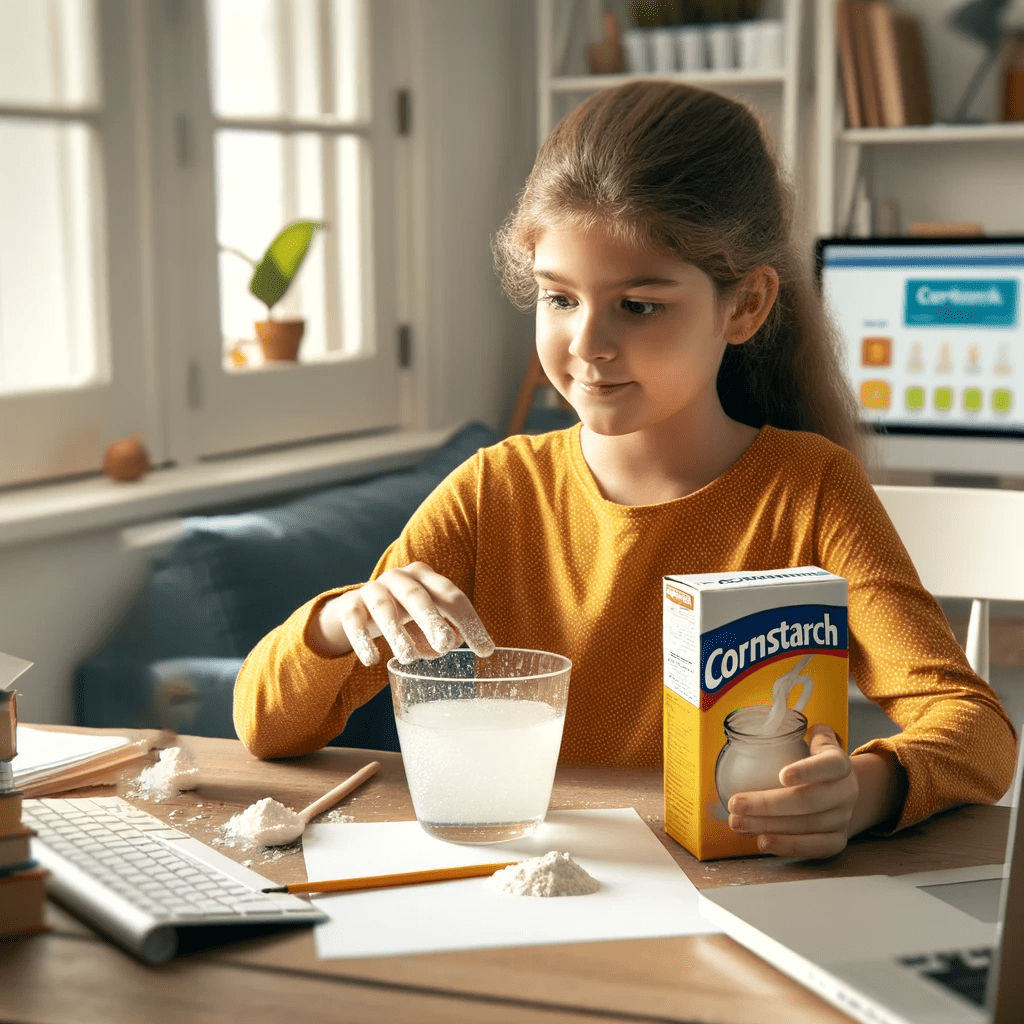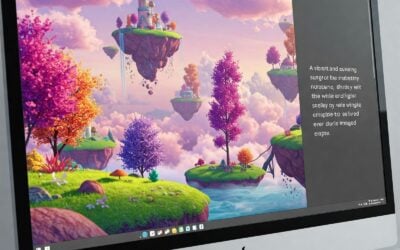As a teacher education student, thirty years ago, I learned that students learn in one of three ways – visually, auditory, or kinesthetically. This does not mean that they only learn in one way. Rather, they have a dominant learning style, though they can also learn in one of the two other ways. Though this was not immediately clear to me as a young teacher, I still remember a discussion with a graduate school professor when she helped me understand that there is a major difference between learning as it is meant in this theory and conceptualization or critical thinking. Learning, in learning theory, only means ingestion of information. Somehow the information about which students will think needs to get into their brains.
Theory of Learning Styles
For some reason that I do not understand, the theory of learning styles has become controversial. Some would even say it has been debunked. I believe the primary reason this theory has lost luster is because most people do not understand it. They fail to understand the difference between ingestion of information and knowing, understanding, or using the information in some meaningful way. Ingestion must occur first.
Though I think the theory of learning styles works well, I would slightly alter it. People learn, or ingest information, with their senses. If content developers think creatively they can develop lessons that enable students to learn with taste, touch, or smell, as well as seeing and hearing. These three additional senses come very close to actually doing something, or kinesthetics.
Walk into any college class, and you are likely to see an instructor talking to students. During the height of COVID, many teachers expected students of all ages to sit and listen as the course unfolded online. Even today, many online courses do not have significant amounts of interactivity. Students must sit and read or listen. This is not the way that many students learn. High quality courses account for the fact that students learn in several different ways, using a variety of senses.
Ingesting Online Learning
Unlike the face-to-face classroom in which teaching is delivered live, online courses can be produced ahead of time. Therefore, instructors of asynchronous virtual courses do not have the same time pressures as face-to-face instructors. Of course, they have other pressures, including the need to engage learners who they do not see. Virtual course developers should take advantage of the opportunities afforded by online learning while seeking to address the challenges imposed by this model.
Certainly, course developers must know a lot to fulfill this objective. One thing they must understand is how students ingest information. Learning starts with ingestion. With this knowledge in mind, course developers can build a variety of resources into any learning module with the intention of helping students ingest it. For example, developers might construct three sets of activities that require students to use distinct senses to ingest the content. Though this is not as differentiated for different types of learners, developers could also ensure that students have the opportunity to use different senses throughout the course.
My favorite example of relying on the senses to ingest information is the Seder dinner that Jewish people celebrate at the beginning of the Jewish holiday of Passover. Among so many other examples – we orally tell the story of the exodus from Egypt where the Hebrews were slaves as we visually look at a book. We taste bitter herbs to remember the bitterness of slavery. We move our bodies, leaning comfortably to recall the fact that we now have the luxury of freedom. Though the Seder was developed thousands of years ago, its developers already understood the importance of using senses to learn.
Today, we should follow the lead of those who crafted the Seder and build multisensory lessons that enable students to effectively ingest information.

Andrew Pass
Founder and Visionary




